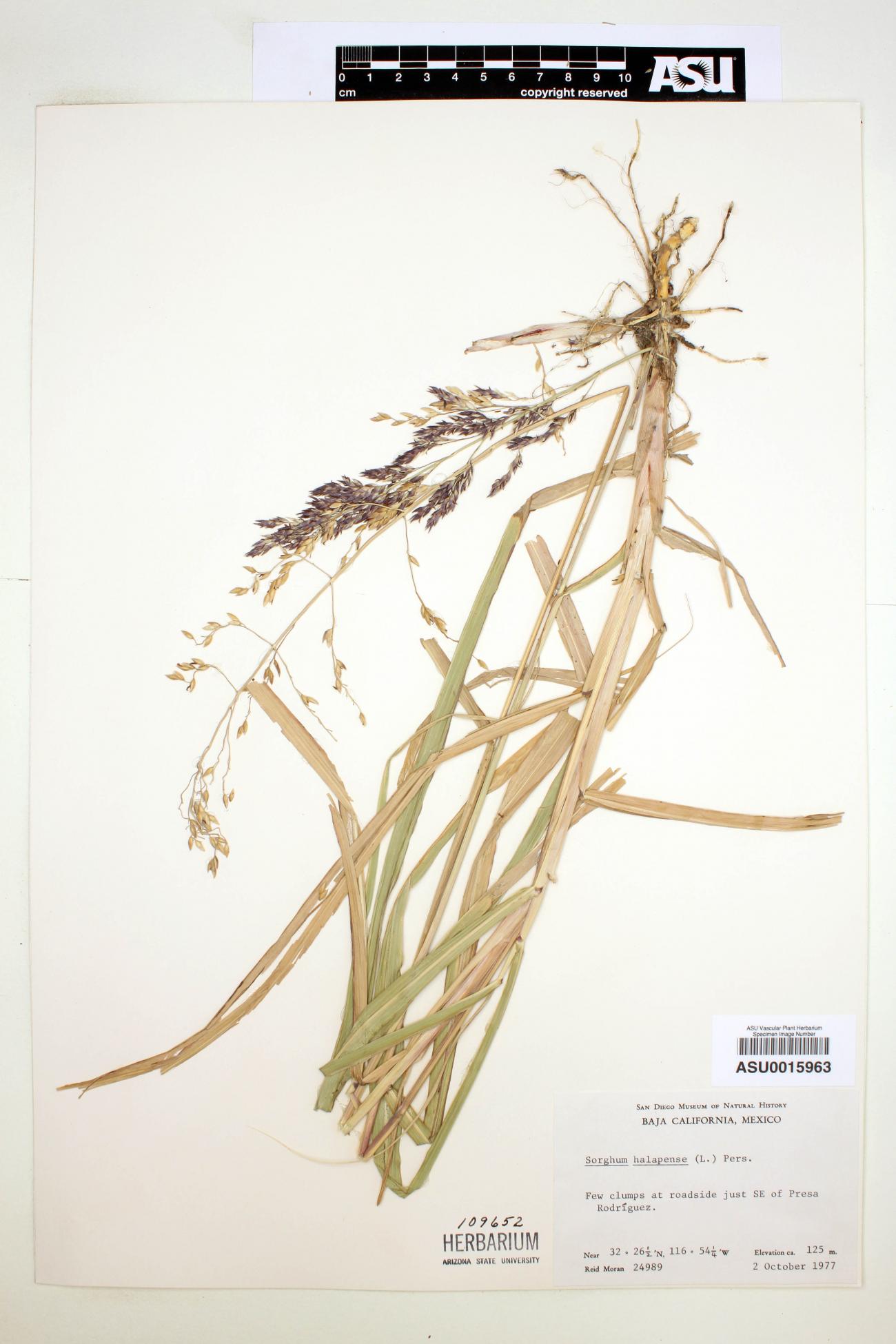
|
Family: Poaceae |
Plants annual or perennial. Culms 50-500+ cm; internodes solid. Leaves not aromatic, basal and cauline; auricles absent; ligules membranous and ciliate or of hairs; blades usually flat. Inflorescences terminal, panicles with evident rachises; primary branches whorled, compound, the ultimate units rames; rames with most spikelets in heterogamous sessile-pedicellate spikelet pairs, terminal spikelet unit on each rame usually a triplet of 1 sessile and 2 pedicellate spikelets, rame axes without a translucent median line; disarticulation in the rames below the sessile spikelets, sometimes also below the pedicellate spikelets (cultivated taxa not or only tardily disarticulating). Sessile spikelets dorsally compressed, calluses blunt or pointed; lower glumes dorsally compressed and rounded basally, 2-keeled or winged distally, 5-15-veined, usually unawned; upper glumes 2-keeled, sometimes awned; lower florets reduced to hyaline lemmas; upper florets pistillate or bisexual, lemmas hyaline, sometimes awned. Pedicels slender, neither appressed nor fused to the rame axes. Pedicellate spikelets staminate or sterile, well-developed, often subequal to the sessile spikelets in size. x = 10. Name from the Italian word for the plant, sorgho. Spikelets in pairs, or at the ends of the branches in threes, numerous, dorsally compressed, forming a large, branching panicle that in wild- adapted plants disarticulates at maturity into joints bearing a single pair (or trio) of spikelets; one spikelet of each pair sessile and perfect, the other pedicellate and staminate or neuter; glumes indurate, about equal; lemmas hyaline, the palea ±reduced, both sorts of spikelets typically with a lower empty lemma and an upper floriferous one; upper lemma of the fertile spikelet usually with a geniculate and twisted, readily deciduous dorsal awn. 20, e. Afr., s. Asia, and Aust. Gleason, Henry A. & Cronquist, Arthur J. 1991. Manual of vascular plants of northeastern United States and adjacent Canada. lxxv + 910 pp. ©The New York Botanical Garden. All rights reserved. Used by permission. |
This project was made possible in part by the Institute of Museum and Library Services [MG-70-19-0057-19].
Powered by Symbiota



